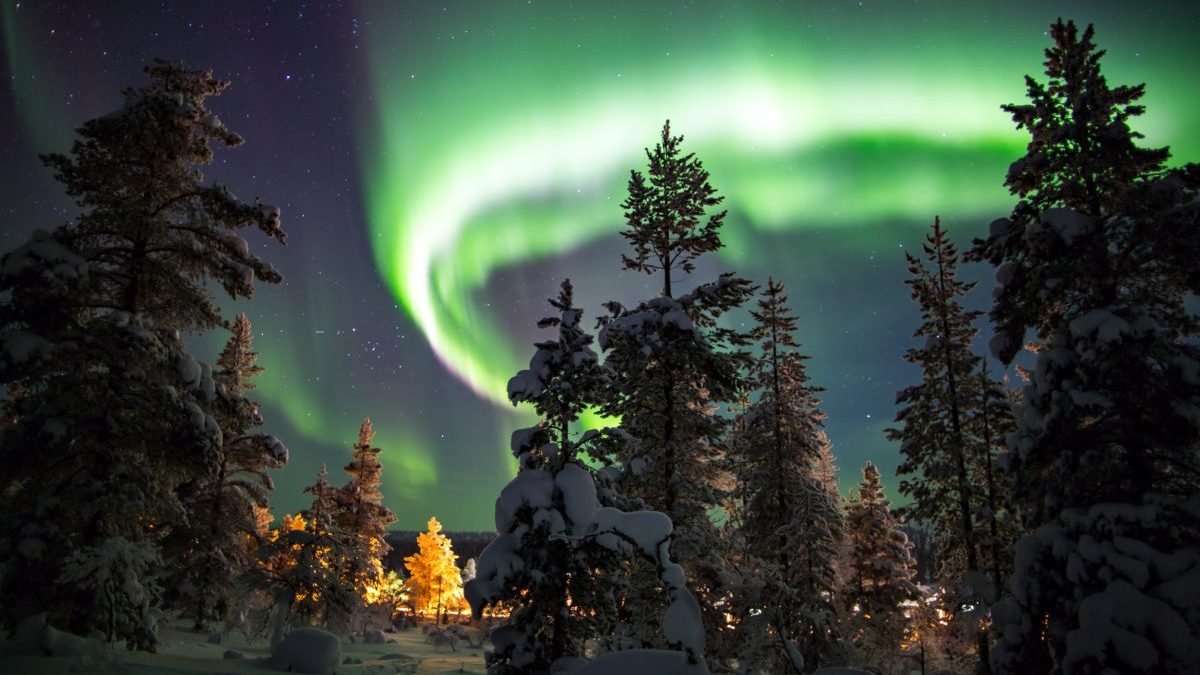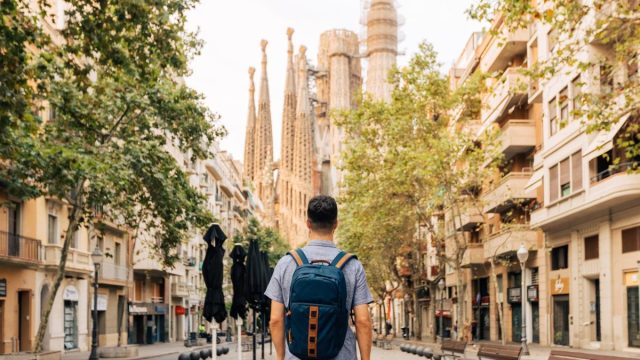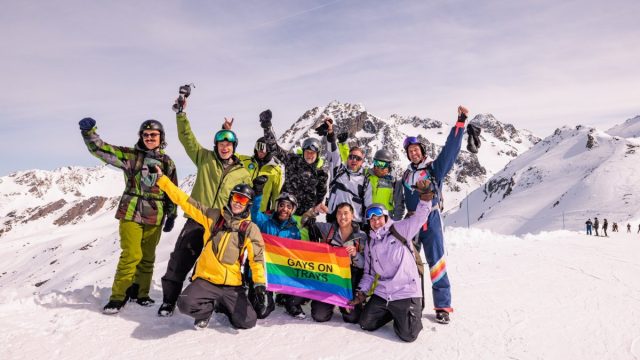One of the first things you’re told about the Northern Lights is that they can be unpredictable at the best of times. Temperamental, even. I’d prepared myself mentally for waking up at 3am to get a glimpse. But halfway through some reindeer tartare and a negroni, I was caught off-guard.
Bounding out of the restaurant, the shock of the freezing air in my lungs was tempered by the excitement after days of waiting.
Finally seeing the magical dance of light in the inky sky above was a moment I’ll never forget. Looking up, I understood where the Finnish name for the Northern Lights – revontuli or “firefox” – comes from: a myth that the Aurora Borealis was caused by a firefox running so quickly across the snow that sparks from its tail flew into the night sky, creating the awe-inspiring spectacle.
One of Europe’s last great wildernesses, Lapland – Finland’s northernmost and largest region – is cold, dark, and can seem unforgiving and even insular in winter. But beneath the frozen surface, it is welcoming, rewards the curious and puts on displays of spectacular natural phenomena.
Despite living in the Nordics for many years, I had never seen the Northern Lights. Not really anyway. But heading this far north when the sun is reaching the peak of its 11-year solar cycle – increasing space weather – I was feeling lucky. Clearly, my fellow passengers, craning their necks out of the windows on the evening flight to Ivalo Airport – the European Union’s most northerly – were equally as optimistic.
If you come from any large city or town, one of the starkest differences in Lapland is the almost complete absence of artificial light and noise. Driving down dark, empty roads, through never-ending forests, past lakes glistening with moonlight, I asked our guide, Jerome, what he thought the chances of an Aurora sighting were that evening. He was not overly optimistic.
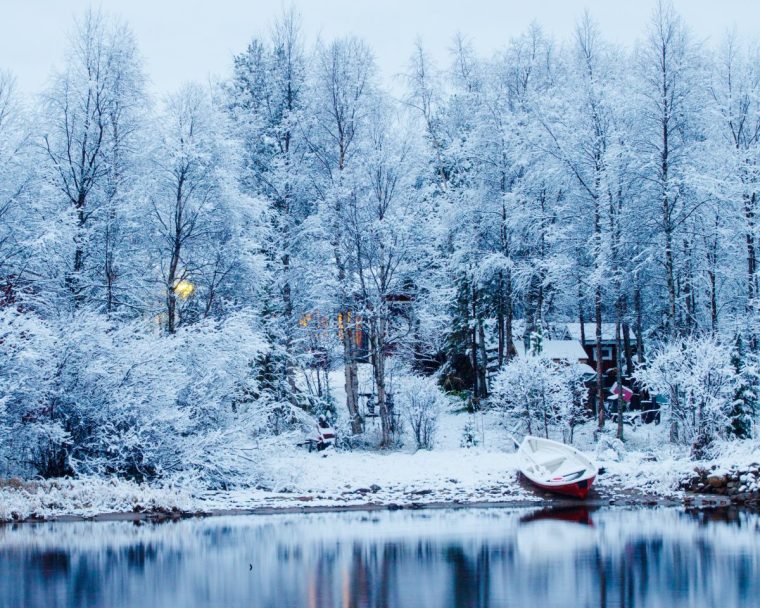 A snowy winter morning on Lake Inari (Photo: Wu Swee Ong/Getty/Moment RF)
A snowy winter morning on Lake Inari (Photo: Wu Swee Ong/Getty/Moment RF)
We distracted ourselves with a visit to the Siida Sámi Museum, which has been named European Museum of the Year 2024. It is worth visiting just for the permanent “These Lands Are Our Children” exhibition, which provides an insight into the region’s indigenous Sámi cultures. But I was surprised by absence of less palatable aspects of Sámi history, including the Finnish state’s sometimes harsh and unfair treatment of the EU’s only indigenous peoples.
From the museum, we went for a walk along the banks of Lake Inari. As the third largest lake in Finland, a country with more than 180,000, it is a breathtaking sight. On is shores is the striking, timber Sámi Parliament, which offers visitors an insight to current-day issues, including the struggle for self-determination in Finland.
Then it was time to cook lunch at a nearby river. The late autumn sun provided some unexpected warmth against the cool breeze swaying the pine trees around us.
We crossed a small suspension bridge over the rushing water of Jäniskoski, “Rabbit Rapids”, which flow with such force that even the arctic winter doesn’t freeze it.
With our guides Jari and Jerome, we prepared a lunch of creamy trout soup over a roaring open fire. The publicly maintained rest stop has a supply of free firewood for all visitors, many of whom stop to grill sausages or boil water for hot drinks. The water in the river is so pure that we filled our bottles and used it to cook. I could understand why Finland is consistently ranked one of the world’s happiest nations.
While Finnish cuisine has not traditionally ranked highly on the international scene – understandably in a country where the range of ingredients is limited – that is changing. I was impressed by the quality and variety of dishes we sampled in Lapland, where chefs are increasingly promoting their home-grown produce, beyond ever-present reindeer.
At the award-winning Restaurant Aanar overlooking the River Juutua, I was impressed by the tasting menu. Delightful reindeer vorschmack croquettes were paired with a glass of Finnish dry blueberry wine. White fish from Lake Inari, and a dessert based on the traditional smoke sauna experience were a convincing snapshot of the culinary scene.
Of course, all this was just a preamble to the main event. We drove a short distance to an ancient pine forest, where we walked to an Aurora viewing spot. I felt the darkness rushing around me, cold and deep. Our steps were guided by the moon and North Star right above us, as we trekked to a cabin where a fire and glögi mulled wine provided a warm welcome and distraction from the inevitable waiting.
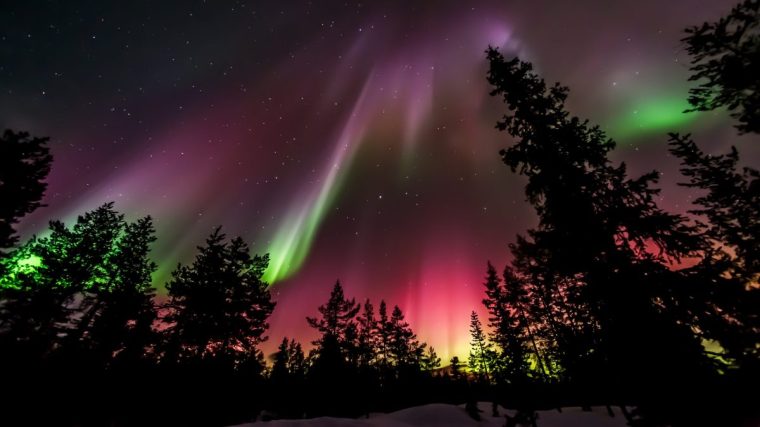 The sun is reaching the peak of its 11-year solar cycle this year (Photo: Markus Kiili)
The sun is reaching the peak of its 11-year solar cycle this year (Photo: Markus Kiili)
Eventually, the clouds started to disperse and the lights began to dance. It was captivating, thrilling. This far North, the intense solar activity results in red Auroras that can’t be seen anywhere else. I felt immensely grateful to have seen something so beautiful.
And yet if I hadn’t, this journey would have been worth it nonetheless, such is the magic of Finland’s far north.
Getting there
British Airways launches a twice-weekly route from Gatwick to Ivalo on 3 December. Ivalo is also served by Finnair flights via Helsinki.
Staying there
The Aurora Zone is the UK’s first company dedicated to Northern Lights holidays. Its eight-day Inari and Saariselkä – an exclusive bucket list northern lights holiday – costs from £3,635pp and includes flights, airport and activity transfers, all activities and full-board accommodation, theaurorazone.com
More information
